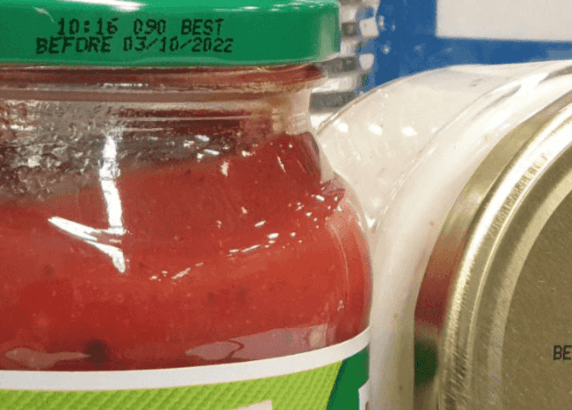Use-by or best before? What’s the difference?
Making sure what we eat stays safe
All packaged foods sold in Australia must comply with the labelling requirements of the Australia New Zealand Food Standards Code, which allows consumers to be informed of the nature and ingredients of foods before they buy them.
There is a big difference between use-by dates and best-before dates.
Date marks on foods give a guide to how long food can be kept before it begins to deteriorate or may become unsafe to eat.
Foods that must be eaten before a certain time for health or safety reasons are marked with a use-by date. Foods should not be eaten after the use-by date and can’t legally be sold after this date because they may pose a health or safety risk.
Most foods have a best-before date. You can still eat foods for a while after the best-before date as they should be safe but they may have lost some quality. Foods that have a best-before date can legally be sold after that date provided the food is fit for human consumption.

The food supplier is responsible for placing a use-by or best-before date on food.
Food labels usually also contain specific storage conditions if they are required in order for a product to keep until its best-before or use-by date, e.g. ‘yoghurt should be kept refrigerated’.
The suppliers and manufacturers can also advise us of particular products which are suitable for freezing, which can extend the life of meat for example. As long as we freeze the product three days prior to the use by date we can extend the life of that meat by 18 months as we have temperature-controlled freezers which are constantly monitored.
It is important to note that all frozen foods once defrosted should be consumed within 24 hours.
 Contact us
Contact us Log in
Log in